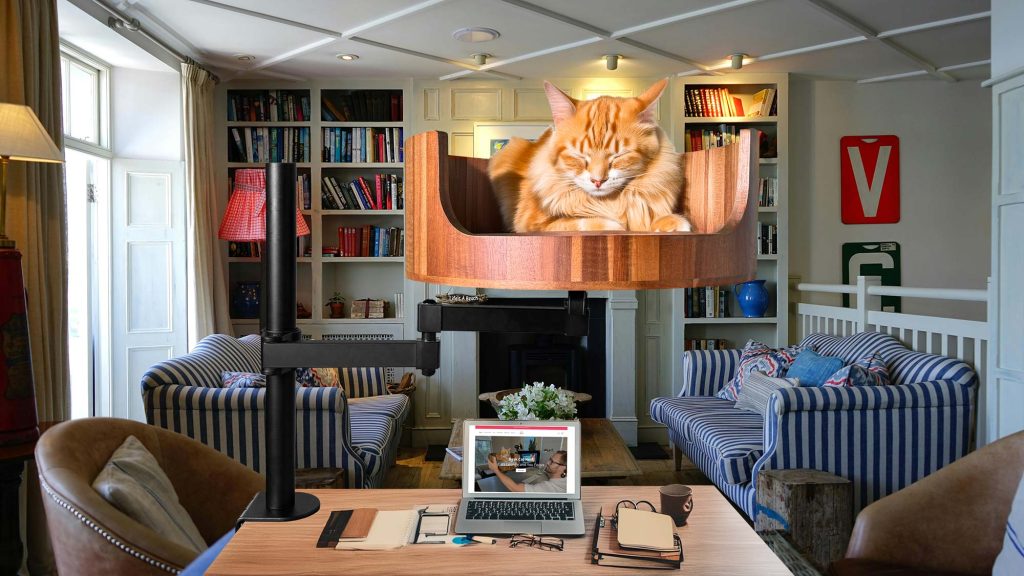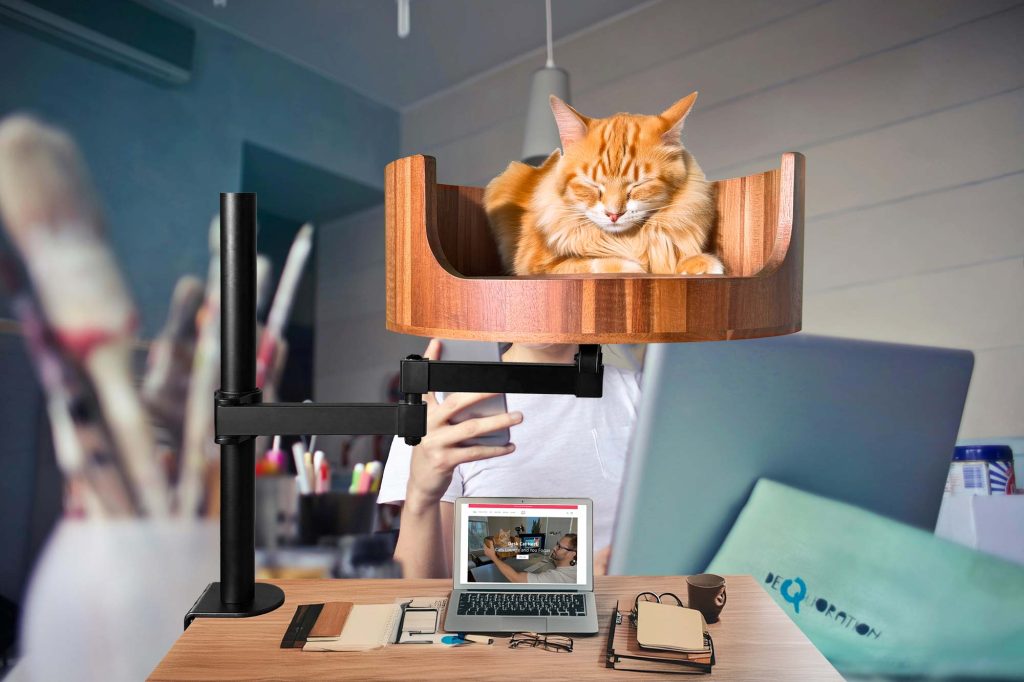Does your cat frequently vomit shortly after eating? This common issue can be concerning for pet owners, but understanding the underlying causes and potential solutions can help alleviate your worries. In this article, we will delve into the reasons why your cat may be vomiting after eating and explore various strategies to address the issue.
From hairballs to food sensitivities, there are numerous factors that can contribute to your cat’s post-meal vomiting. By gaining insight into these potential triggers, you can better pinpoint the specific cause affecting your feline friend and take appropriate action. Additionally, we will discuss practical solutions, such as dietary adjustments and feeding practices, that can help minimize the occurrence of vomiting in cats. Whether your cat is experiencing an isolated incident of post-meal sickness or a more persistent issue, this article aims to provide valuable information to help you better care for your pet.
1. Common causes of cats vomiting after eating include eating too quickly, hairballs, and food allergies.
2. Providing smaller, more frequent meals can help prevent vomiting in cats prone to overeating.
3. Regular grooming and hairball prevention products can reduce the frequency of hairball-induced vomiting.
4. Monitoring your cat’s diet and observing any patterns in their vomiting can help pinpoint potential food allergies.
5. Consulting with a veterinarian is crucial if vomiting persists or is accompanied by other concerning symptoms.
Causes of Cat Vomiting After Eating
One common cause of cat vomiting after eating is indigestion. Cats may eat too quickly or ingest something that irritates their stomach lining, leading to vomiting. Another potential cause is hairballs, especially in long-haired breeds that groom themselves frequently. In some cases, food allergies or intolerance can also trigger vomiting in cats. It is important to monitor your cat’s vomiting patterns and consult with a veterinarian to determine the underlying cause.
Possible Solutions for Cat Vomiting After Eating
To address cat vomiting after eating, consider feeding your cat smaller, more frequent meals to prevent overeating and indigestion. Slow feeding bowls or puzzle feeders can also help slow down your cat’s eating pace. Regular grooming and hairball prevention techniques, such as specialized diets or hairball remedies, can reduce the likelihood of hairball-induced vomiting. If food allergies are suspected, your veterinarian may recommend a hypoallergenic diet or elimination trial to pinpoint the allergen.
When to Seek Veterinary Care
While occasional vomiting may not be cause for alarm, frequent or persistent vomiting can indicate an underlying health issue that requires veterinary attention. If your cat is vomiting blood, lethargic, experiencing diarrhea, or showing other signs of distress, seek immediate veterinary care. A thorough examination by a veterinarian can help diagnose the cause of your cat’s vomiting and determine the appropriate treatment plan. In some cases, additional testing such as blood work or imaging may be necessary to identify the underlying condition.
Frequently Asked Questions
Will the Desk Cat Nest help prevent my cat from vomiting after eating?
The Desk Cat Nest provides a comfortable and elevated dining area for your cat, which can help reduce the chances of your cat vomiting after eating by promoting better digestion.
Is the Desk Cat Nest easy to clean?
Yes, the Desk Cat Nest is made of easy-to-clean materials, making it simple to wipe down or wash after messy eating sessions.
Can the Desk Cat Nest accommodate different sizes of cats?
Yes, the Desk Cat Nest is designed to accommodate cats of various sizes, making it suitable for both small and large cats.
Will my cat be comfortable using the Desk Cat Nest?
The Desk Cat Nest is designed with your cat’s comfort in mind, providing a cozy and secure space for them to eat and relax.
Can the Desk Cat Nest be used for multiple cats?
While the Desk Cat Nest is ideal for one cat, it can also be used by multiple cats if they are comfortable sharing the space for meal times.
In conclusion, the Desk Cat Bed is a valuable choice for cat owners whose feline friends frequently vomit after eating. The elevated design of the bed helps to promote healthy digestion by reducing the likelihood of regurgitation. Additionally, the comfortable and cozy cushion provides a soothing and stress-free environment for cats to relax and digest their food without interruption. By investing in a Desk Cat Bed, cat owners can help alleviate their pet’s vomiting issues and provide them with a comfortable and supportive space to rest and recover.


